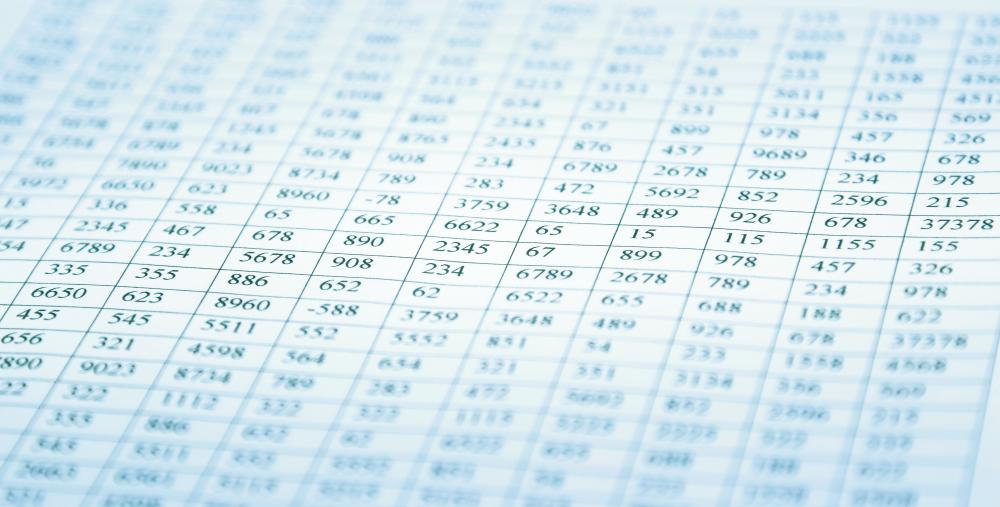At WiseGEEK, we're committed to delivering accurate, trustworthy information. Our expert-authored content is rigorously fact-checked and sourced from credible authorities. Discover how we uphold the highest standards in providing you with reliable knowledge.
What Are the Uses of Ratio Analysis?
Ratio analysis is used in accounting, finance and marketing departments in order to make more well-informed decisions and reasonable forecasts. Uses of ratio analysis vary from creating common size accounting statements to determining the business’s inventory turnover or tracking the success of a marketing campaign over time. Standard ratios are used for different departments to accomplish specific tasks. Even though the use of ratio analysis is important for a business when making decisions, there are also limitations of using such ratios.
Uses of ratio analysis include breaking data down so that it can be compared. When comparing two sets of data, ratios can help bring the numbers to equivalent figures. For instance, if the business wants to compare its monthly cost of goods sold for the past year, it should not look at the raw numbers. Instead, the business should calculate the cost of goods sold as a percentage of the total sales in order to determine if costs truly have increased or decreased.

Making forecasts is another use of ratio analysis. Comparing ratios over time can help a business make reasonable predictions about what it should expect in the future if conditions remain the same or similar. Breaking data down to ratios and comparing the ratios over time also can help businesses see if trends or cycles emerge.
Standard ratios have been developed to accomplish certain types of analysis within different areas of business. For instance, in finance it is common to use the earnings per share, gross profit margin, return on assets, and inventory turnover ratios. Not only does this help a business in comparing historical data between itself and competitors, but employees are generally trained in using these specific ratios before being hired. Even though most ratios are easy to compute, the analyst must understand the significance of each ratio in order to avoid making false assumptions.
Dangers of using a ratio analysis include not understanding the assumptions made in its calculation, taking into affect price changes, or using data that may be incorrect. Uses of ratio analysis are important in analyzing the business’s data, but they can result in incorrect or misleading calculations. Limitations of the uses of ratio analysis should not prevent businesses from using them, but they should make businesses take more caution before using them in making decisions. For instance, if the business has changed its prices and is comparing profit ratios over this time period, it needs to take into consideration that the price change may have had an effect on the number of sales.
AS FEATURED ON:
AS FEATURED ON:











Discuss this Article
Post your comments